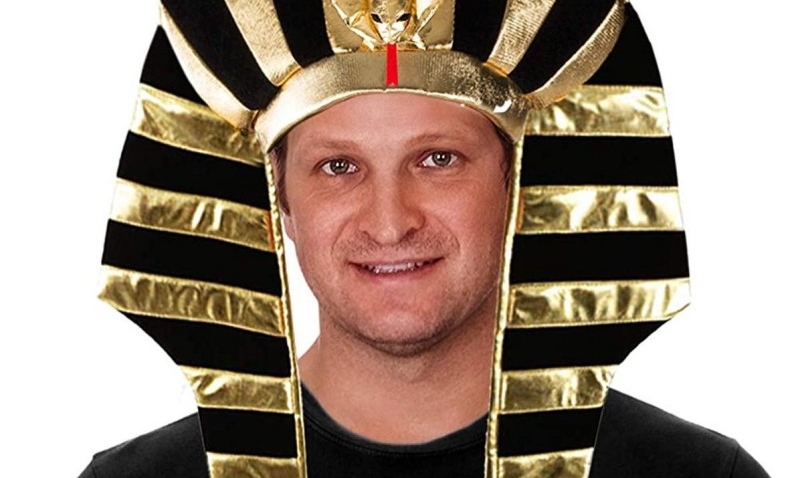
Exploring the Fascinating World of Ancient Egyptian Headdresses
Introduction: The Symbolism and Importance of Ancient Egyptian Headdresses
The ancient Egyptian civilization is known for its rich history, monumental architecture, and intricate cultural practices. Among the many fascinating aspects of this civilization, the ancient Egyptian headdress stands out as a significant symbol of status, identity, and power. Worn by pharaohs, nobles, and priests, these elaborate headdresses were not merely decorative; they carried profound meaning and were closely tied to the beliefs and traditions of the time.
Throughout ancient Egypt’s history, headdresses evolved in style, materials, and purpose, reflecting changes in society, religion, and politics. From the iconic nemes headdress worn by pharaohs to the simpler styles sported by lesser officials, each design served a unique role in illustrating the wearer’s hierarchal position. Furthermore, these headdresses often incorporated elements associated with the gods and goddesses, linking the wearer to divine authority. In this article, we will explore the features, historical context, and cultural significance of ancient Egyptian headdresses in detail, offering a comprehensive understanding of their role within this captivating civilization.
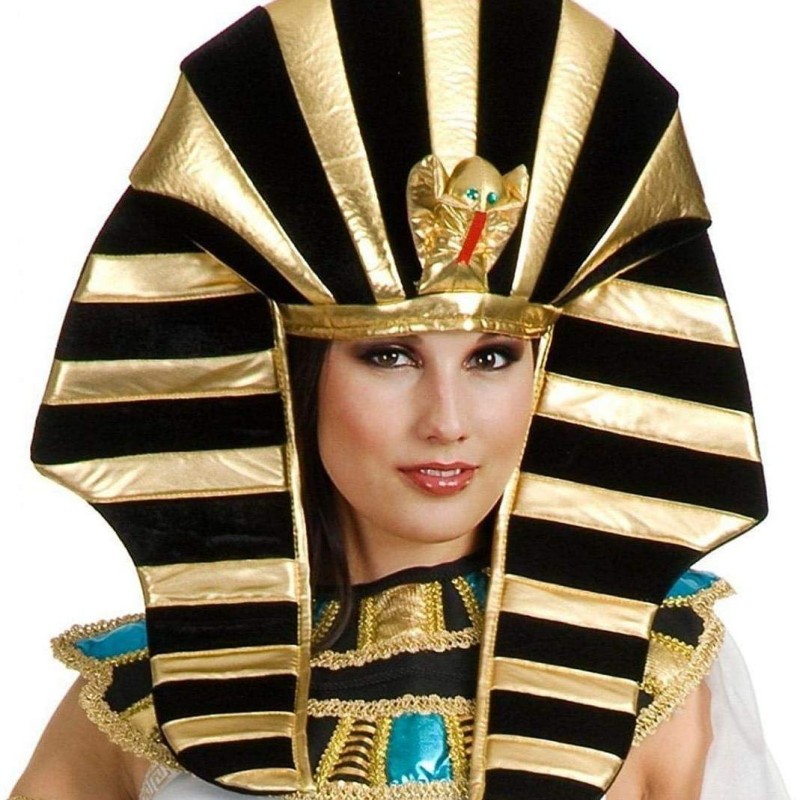
The Evolution of Ancient Egyptian Headdresses
The history of ancient Egyptian headdresses spans thousands of years, with various styles emerging based on cultural shifts and the political landscape. Understanding this evolution provides insights into the changing symbolism and significance attached to these headpieces.
Early Dynastic Period Styles
During the Early Dynastic Period (c. 3100–2686 BCE), the foundation of ancient Egyptian culture began to take shape. Headdresses from this period were relatively simple, consisting mainly of linen or leather wrapped around the head. Often, these early styles functioned as protection from the sun and served a practical purpose.
As the need for differentiation among sociopolitical classes grew, so did the complexity of headdresses. Nobles and officials began to incorporate symbolic elements that distinguished their status from that of commoners.
The Iconic Nemes Headdress
One of the most recognizable headdresses from ancient Egypt is the nemes headdress. This striped headcloth was typically made from linen and featured a distinct design often associated with the kingship. The nemes symbolized power and authority, draping down the back to stream behind the pharaoh.
- Symbolism: The nemes headdress directly connected the pharaohs to their divine status. The stripes represented the unity of Upper and Lower Egypt and reflected the duality of life and death in the afterlife beliefs of the Egyptians.
- Usage: Pharaonic depictions, especially in tomb art and statues, often showed rulers adorned in the nemes. Its association with power made it an essential marker of royal identity.
The Uraeus and Other Royal Headdresses
In addition to the nemes, variations emerged that denoted specific attributes of the pharaoh. The Uraeus, a stylized cobra, frequently adorned the front of royal headdresses, emphasizing the king’s role as protector.
- The Vulture Headdress: Often paired with the Uraeus, the vulture headdress represented the goddess Nekhbet, who protected Upper Egypt. Together, these elements culminated in a powerful symbol of authority, sovereignty, and divine protection.
The Use of Gold and Precious Materials
As ancient Egyptian culture flourished, so did the craftsmanship of headdresses. The use of gold and other precious materials became common, especially among the elite. Gold headdresses exuded luxury and power, often encrusted with gemstones.
- Pharaoh Tutankhamun’s Burial Mask: Perhaps the most famous example of an ancient Egyptian headdress adorned with gold is the burial mask of Tutankhamun. This mask exemplifies the wealth and resourcefulness of the ancient Egyptians and serves as a testament to their artistry.
The Cultural Significance of Ancient Egyptian Headdresses
Headdresses held profound cultural significance in ancient Egyptian society, transcending mere aesthetics to convey complex social and religious messages.
Spiritual Connections
Headdresses served as portals to the divine. Many depicted imagery associated with specific gods and goddesses, connecting the wearer to spiritual authority.
- Divine Regalia: Many ancient Egyptian gods were represented through headdresses, such as Hathor’s and Isis’s iconic crowns. These elements underscored the belief that the ruler or priest wore the power of the divine.
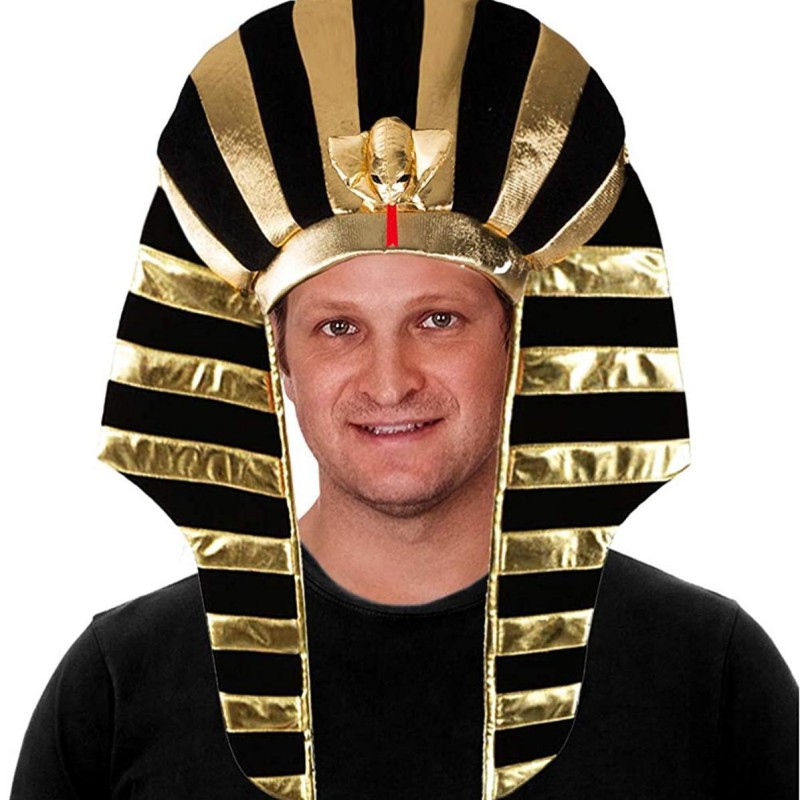
Status and Identity
Headdresses played a crucial role in delineating social hierarchies within ancient Egypt. Different styles indicated a person’s class, occupation, or political affiliation.
- Hierarchical Indication: The particular choice of headdress could denote one’s position in society. Nobles often wore elaborate headpieces with intricate designs, while commoners had simpler styles.
Influence of Gender
Both men and women adorned themselves with headdresses, though styles varied by gender. Women in positions of power might wear diadems or specific crowns symbolizing their status.
- Royal Women: Iconic figures such as Nefertiti and Cleopatra donned elaborate headdresses that reflected their authority and femininity. The headpieces bore philosophical implications about their roles in the state and their relationship with divine powers.
Materials Used in Ancient Egyptian Headdresses
The materials chosen for ancient Egyptian headdresses varied greatly and contributed to their function and significance. The choice of material could symbolize the wearer’s status and served practical purposes as well.
Linen
Linen was the primary material used in headdresses. Its availability and versatility made it ideal as a breathable fabric suitable for the hot Egyptian climate.
- Comfort and Breathability: Linen allowed the head to breathe, making it comfortable for long wear, particularly under the sun.
Leather
Typically made from animal hide, leather was used in headdress designs for both practical and decorative purposes.
- Durability: Leather provided durability, especially for individuals engaged in outdoor work or warfare, where protection from elements was necessary.
Gold and Precious Stones
High-status individuals, especially pharaohs, adorned their headdresses with gold and other precious materials. Gold represented both wealth and divine favor, lending to the gravity of their power.
- Symbol of Eternity: The use of gold also had symbolic significance regarding eternity and the afterlife. In Egyptian mythology, the sun god Ra was often associated with gold.
Beads and Embellishments
Headdresses often included beads, semi-precious stones, and decorative elements. These embellishments served to enhance the beauty and intricacy of the design while signifying wealth and status.
- Artistry: Intricate beadwork and embellishments showcased the skill of ancient Egyptian artisans, reflecting a high level of craftsmanship.
The Impact of Ancient Egyptian Headdresses on Modern Fashion
The influence of ancient Egyptian headdresses extends beyond their historical context, impacting contemporary styles and fashion today. The allure of this ancient civilization continues to inspire designers and fashion enthusiasts alike.
Modern Fashion Interpretations
Fashion designers often draw upon ancient Egyptian aesthetics when creating modern garments and accessories. The bold, geometric lines and dramatic silhouettes seen in ancient headdresses have been incorporated into contemporary designs.
- Runway Influence: Many fashion shows have featured collections inspired by ancient Egyptian themes, showcasing headdresses and accessories that echo those from the past.
Costume Design
In film and theater, costume designers frequently utilize ancient Egyptian headdresses to lend authenticity to the portrayal of characters from this fascinating historical period. Attaching importance to visually representing the cultural symbolism can add depth to storytelling.
- Popular Culture: Movies such as “The Mummy” and “Cleopatra” have brought ancient Egyptian styles to modern audiences, influencing perceptions of ancient fashion and aesthetics.
Cultural Revivals
Certain fashion movements look back at ancient styles to celebrate cultural heritage and identities. The rebirth of the art of headpiece-making can be seen in fashion-forward designs that pay homage to ancient craftsmanship and artistry.
- Symbolism in Accessories: Current trends in accessories often include ornate headdresses that reference ancient styles, allowing modern individuals to reconnect with history.
Caring for and Preserving Ancient Egyptian Headdresses
For those who possess authentic ancient artifacts, understanding how to care for and preserve these precious pieces is incredibly important. Here are some guidelines for maintenance:
Proper Handling
When handling ancient artifacts, always ensure your hands are clean and dry. Take care to avoid direct contact with the materials to minimize the risk of damage.
- Use Gloves: If possible, wear cotton gloves to protect the surface from oils and dirt present on your skin.
Controlled Environment
Store headdresses in a controlled environment to prevent deterioration. Excessive humidity or temperature fluctuations can have detrimental effects on ancient materials.
- Display Properly: When displaying ancient headdresses, make sure they are away from direct sunlight and extreme temperatures to avoid fading or warping.
Regular Inspections
Conduct regular inspections for signs of damage or deterioration. Check for loose parts, frayed edges, or any environmental damage.
- Seek Professional Advice: If you notice any issues, consult with a conservator or expert in ancient textiles to determine the best course of action for restoration or preservation.
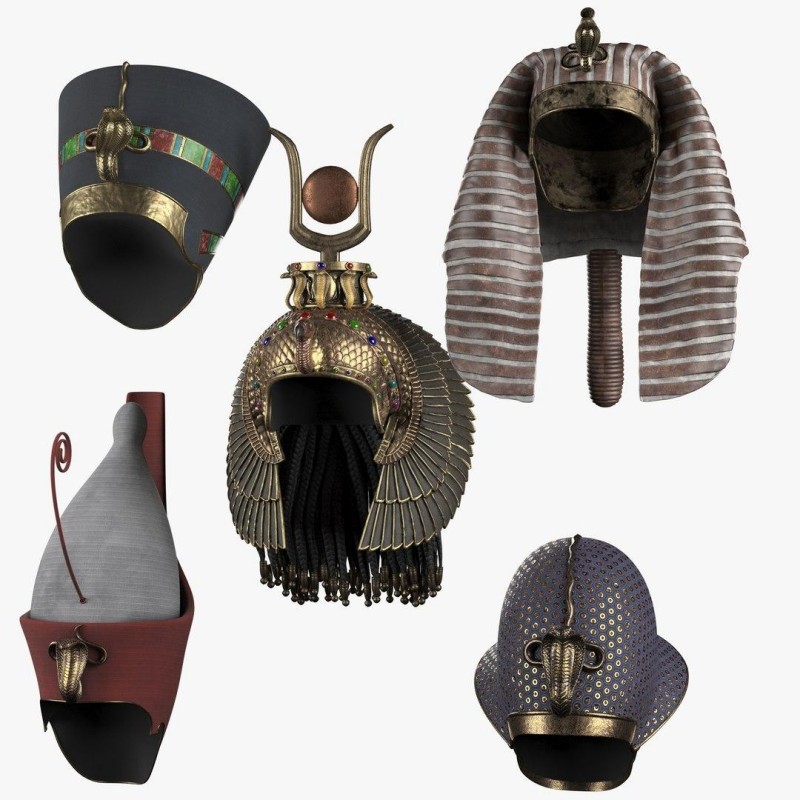
Conclusion: The Enduring Legacy of Ancient Egyptian Headdresses
In conclusion, ancient Egyptian headdresses represent much more than mere fashion statements; they embody the rich history, deep spirituality, and intricate societal structures of a civilization that has long since passed. These artifacts provide invaluable insights into the culture of ancient Egypt, revealing how the people of that era used symbolism, artistry, and craftsmanship to represent status, power, and divine connection.
Today, the influence of ancient Egyptian headdresses continues to resonate in modern fashion, design, and cultural expressions. Their legacy is visible in the way contemporary society perceives beauty and identity, prompting us to explore our connections to the past. By studying these remarkable pieces of history, we gain not only an appreciation for their aesthetic beauty but also a profound respect for the civilization that birthed them.
As we dive deeper into the allure of ancient artifacts, let us remember that each headdress holds stories waiting to be uncovered, connecting us across time and culture. Through our understanding and preservation of these treasures, we honor not just the artistry, but also the lives and beliefs of those who lived in ancient Egypt.




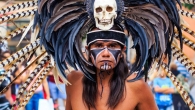
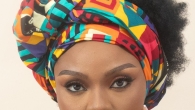
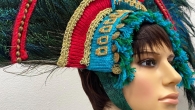

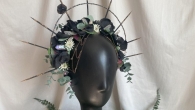
Leave a Reply